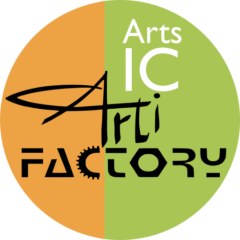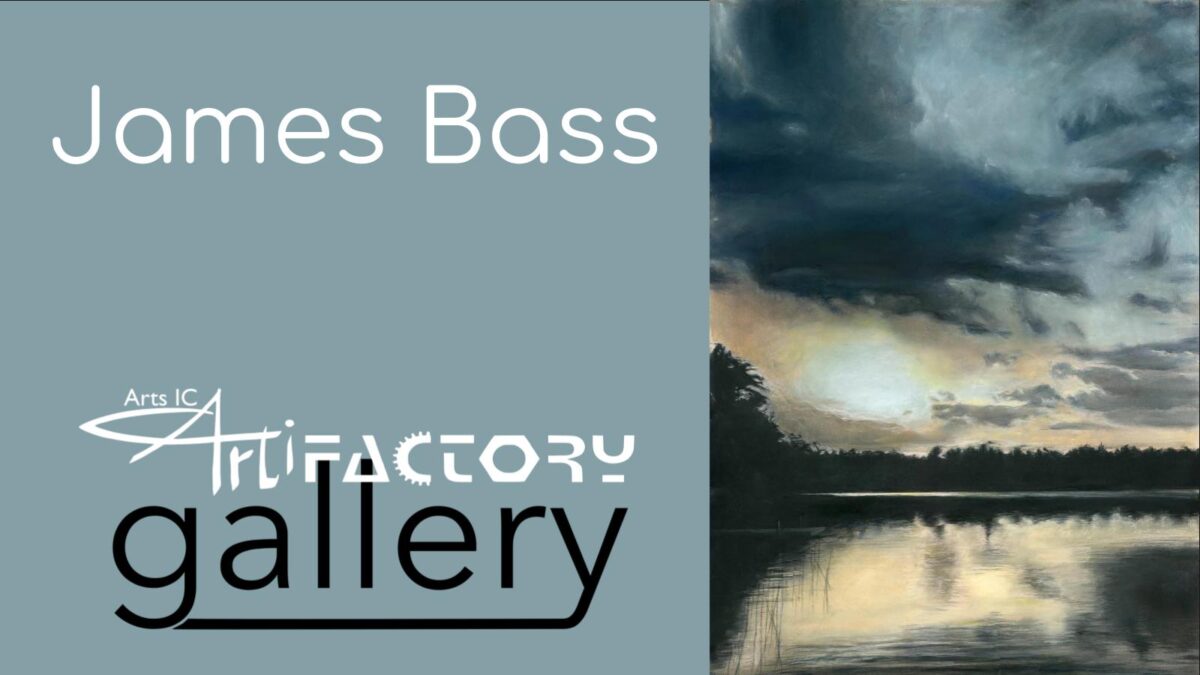James Bass considers himself a mostly self-taught artist, emphasizing the importance of technique in his representational work. He aims to evoke a sense of human presence or the mysterious beauty of an object through his art. Bass selects images that appeal to him from various sources, revealing and heightening their unique qualities. After focusing on literature, he returned to visual art in his early 60’s.
Follow On:
Opening Reception | May 9 | 6pm – 8pm
Arts IC | ArtiFactory Gallery
120 N. Dubuque St.
Iowa City, IA 52240
- Free Admission
- On display through the end of May
Our gallery is open Saturdays from 1-3 pm
Can’t visit on a Saturday? Please make an appointment.
Upcoming Events
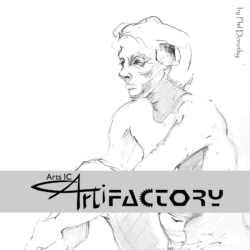
08 May 2025 | Thursday Drawing
6:30 PM – 8:30 PM
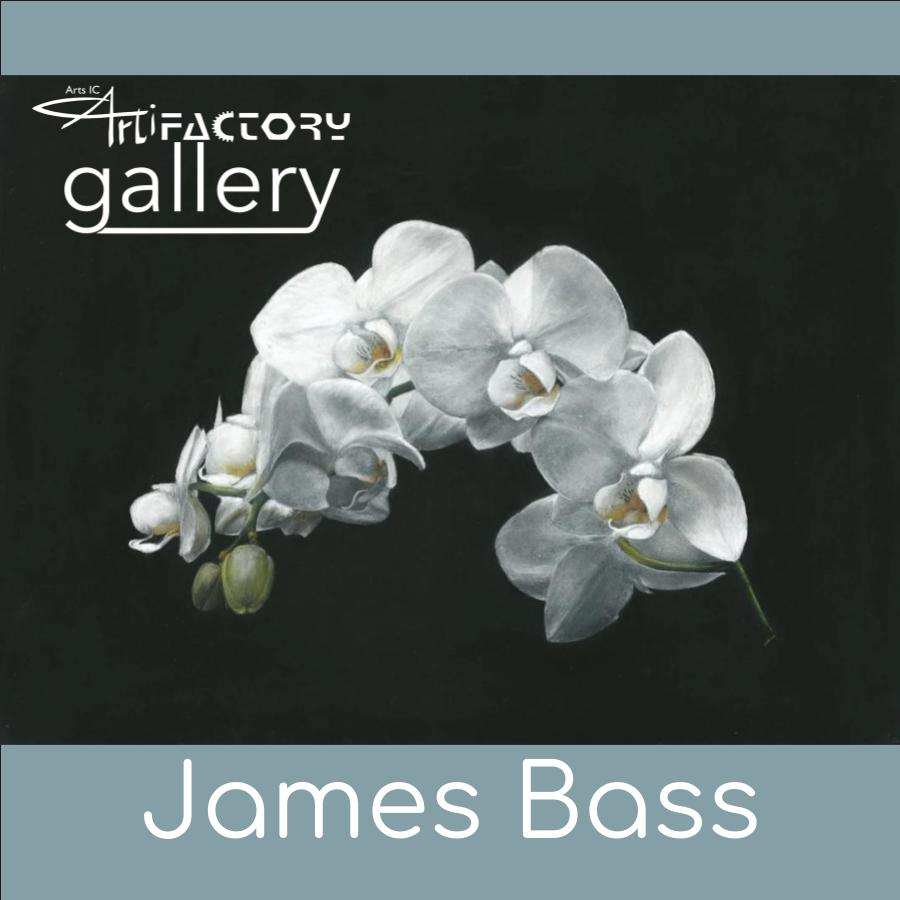
09 May 2025 | Reception | James Bass
6:00 PM – 8:00 PM
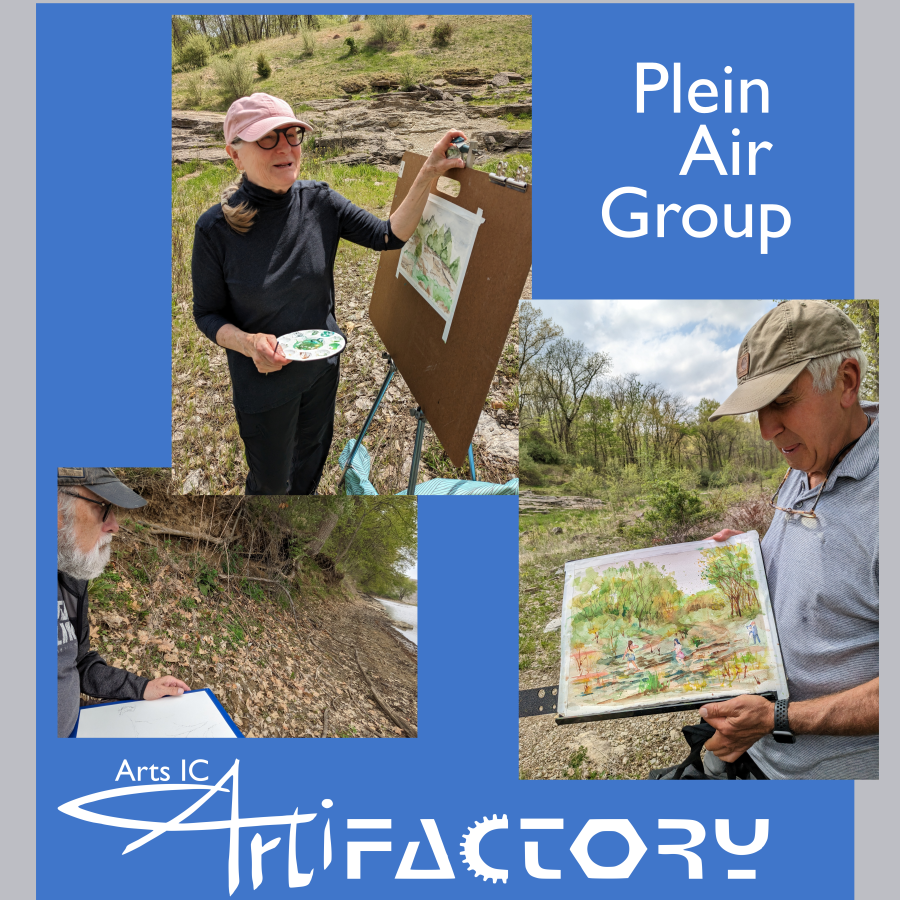
10 May 2025 | Plein Air at Devonian Gorge
9:00 AM – Noon

17 May 2025 | Just The Basics
10:00 AM – Noon
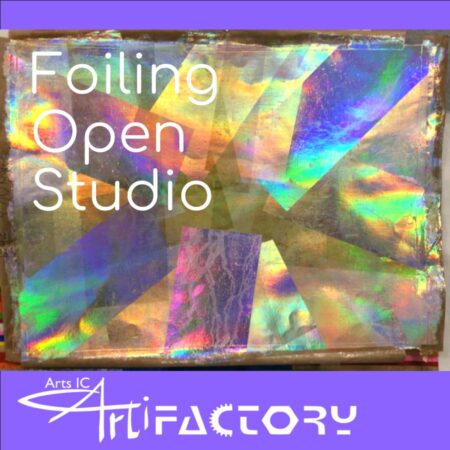
17 May 2025 | Foiling Studio
1:00 PM – 3:00 PM

22 May 2025 | Thursday Drawing
6:30 PM – 8:30 PM
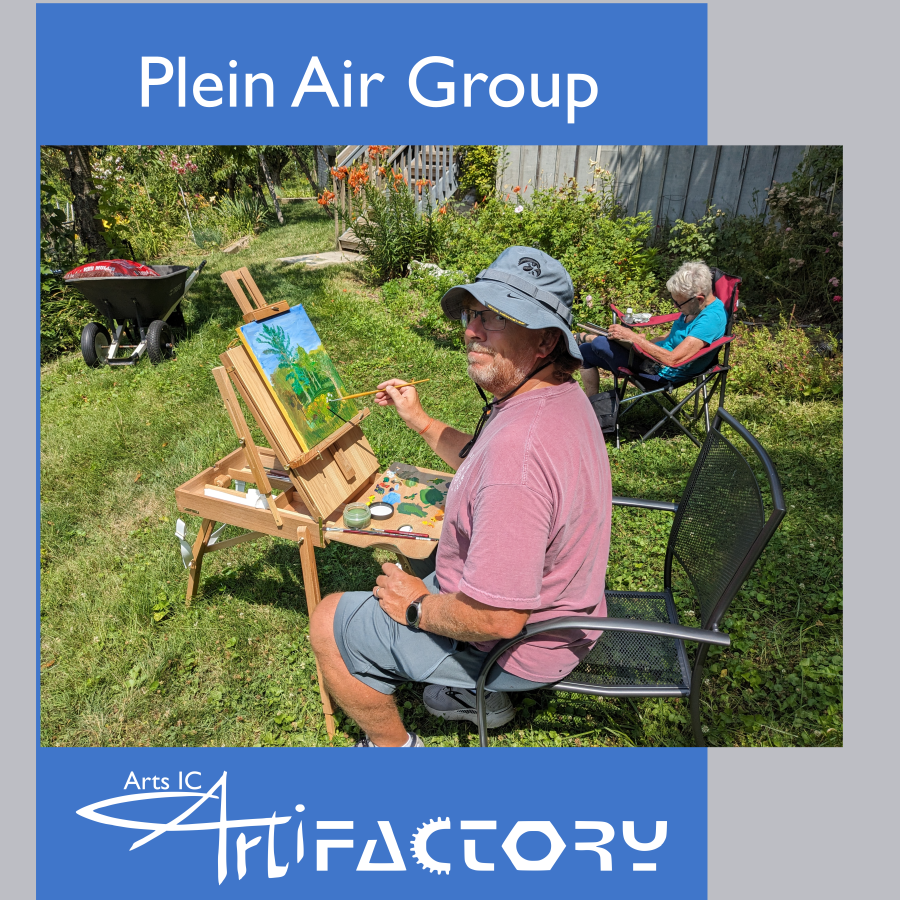
24 May 2025 | Plein Air at Terrell Park
9:00 AM – Noon
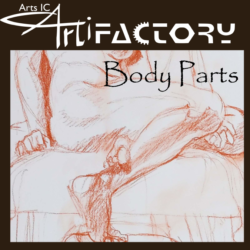
31 May 2025 | Body Parts
10:00 AM – Noon
ArtiFactory Interview
- James Bass, Artist
- April 30, 2025
- ArtiFactory: You describe yourself on your website (James Bass Artist | Pastel Monochrome Landscape Realism | Iowa City) as a self-taught artist. How did you teach yourself, and what advice can you give to artists just starting out, who also don’t have formal training?
- I have to qualify my self-description as a “self-taught artist.” For one year as an undergraduate at the University of Colorado I declared myself a fine arts major. This provided me with experience and instruction in life drawing and some work with acrylics. When I began working in fine arts again after many years of pursuing other interests, I taught myself mostly by copying the work of artists that I admired, as well as by experimenting and by developing an eye that allowed me to make the images that I want. I’m still working at it, and—I hope—my work is still developing. For those starting to work without formal training, some rudimentary instruction is very useful. This can come in the form of an elementary class in drawing, for example, or even sourcing instruction via books or even videos. Once engaged one can get a sense of what it’s all about. After that, you’re rowing your own boat, and the things you learn by experience can bring you revelations that nudge you forward in exhilarating ways.
- ArtiFactory: Why are pastel and acrylic your favored medium?
- I work in acrylic and pastels because they’re accessible. I moved from drawing in graphite to pastels to introduce color into my work. It seemed like a natural step. Also, I don’t have the studio space to deal with all the mess of oils. And pastels are cheaper. In many cases pastels have their limitations, so someday I might dip my toe (so to speak) into oils.
- ArtiFactory: How do you choose your subject?
- This is a good question. I try to avoid conventional subjects that pastelists are drawn to. I try to find images that have some sort of “resonance” beyond the literal and that aren’t necessarily beautiful in a traditional sense. It’s hard to describe. Yes, I do draw sunsets, but there has to be some formal quality in them that leads the viewer’s response beyond the superficial. In portraits I aim for “presence” which I guess isn’t that unusual, but in other pieces I go for some deeper vibration. Sometimes I get it, sometimes I don’t. The sources of my subjects are photographs I’ve taken myself, pictures a cadre of friends have sent me (knowing what I’m interested in), and images sourced online.
- ArtiFactory: White is especially brilliant and modulated in your work. Why is white compelling to you? Red, etc.
- What is compelling to me about brilliant white is that it enhances the effects of pure black. Pure black I find depthless and mysterious, a quality which is enhanced by brilliant white stepping forward out of it. I love the chiaroscuro effect in painting (e.g., Caravaggio), and so it’s the style I’ve developed most in my technique. At the moment, I’m working mostly in colors.
- ArtiFactory: What other media have influenced your style? (e.g. sculpture, photography, etc.).
- I want to say that all other media have influenced my work, but that would be too easy. I am a life-long lover of fine art and an enthusiastic visitor of museums. Many of the artists I love the most wouldn’t be at all obvious in my (modest) work, and I’m probably influenced by elements I’m not aware of myself. My favorite artists are mostly 17th century European painters: Rembrandt, Vermeer, and especially Velazquez. But I also am in awe of Mark Rothko’s work, and the Stanley has a Joan Mitchell that is my favorite of the collection. More lesser-known artists that capture my attention are Ramon Casas (ca. 1900) for graphite portraits, Sally Strand’s pastels, and April Gornik’s landscapes.
- ArtiFactory: You have a PhD in literature from the University of Iowa. How have your literary studies shaped your aesthetic and choice of subject?
- My training in literature had mostly to do with cognitive analysis of literary works—using a very different part of the brain than creating two-dimensional images. Making a picture that “looks right” depends mostly on intuition and a clear eye, not making arguments, except, I suppose, in some metaphorical sense. Studying American literature has, though, brought me closer to American culture historically, which includes American painting.
- ArtiFactory: Why is Iowa City a good place for artists to live?
- Not having made art any place else but Iowa City I can’t really compare it to other spots. I can’t comment on IC’s artistic community, which I’m just starting to get to know, but I do appreciate IC’s relative serenity compared to, say, Los Angeles.
